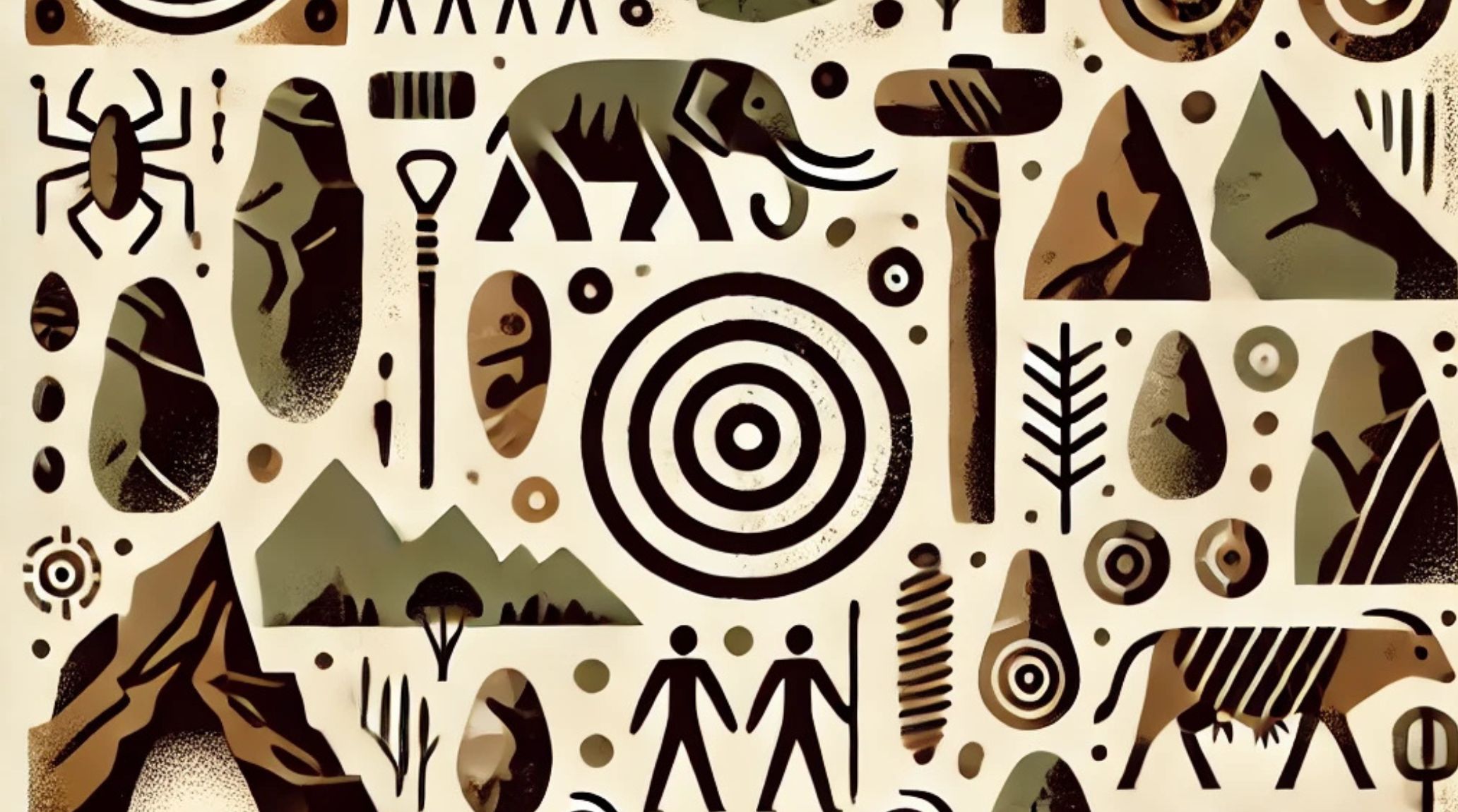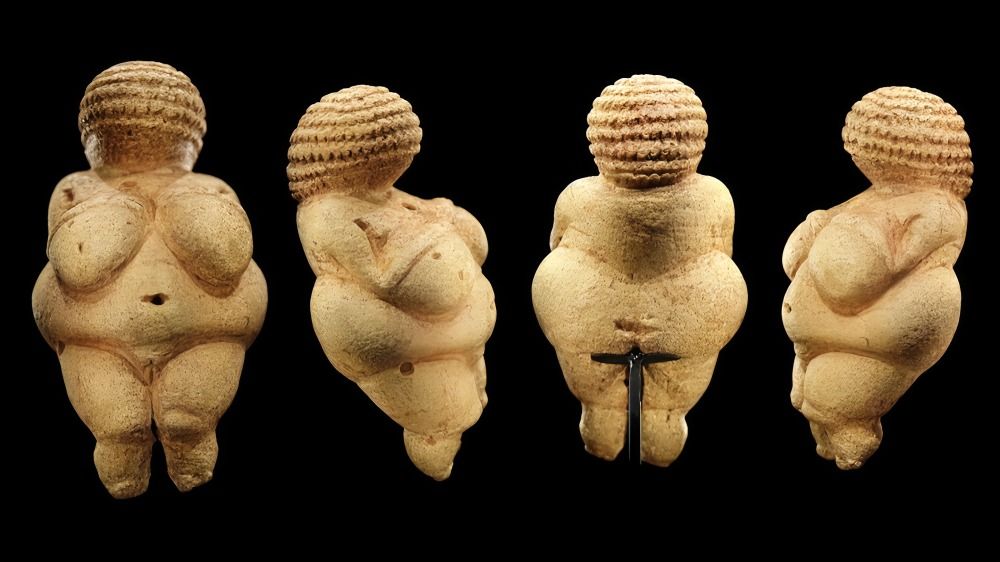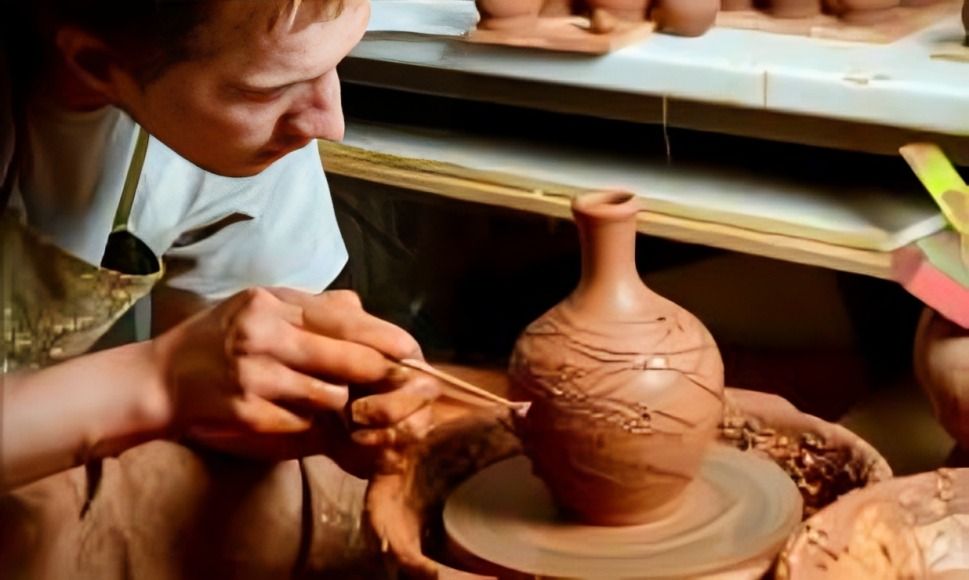
“
Facts About Neolithic Art and Symbolism reveal a crucial chapter in human history, showcasing the creativity and cultural expressions of early civilizations. This blog explores 20 fascinating facts about Neolithic art and symbolism, revealing how these artworks convey complex ideas, beliefs, and daily life of our ancestors. From intricate pottery designs to mysterious rock carvings, Neolithic art provides insights into the social structures, rituals, and environmental interactions of early communities. Join us on this journey as we uncover the fascinating world of Neolithic artistry and the profound meanings behind their symbols.1
”
Neolithic art dates back over 10,000 years, showcasing humanity's first creative expressions that connected communities with their environment and conveyed their identity and culture.1
Neolithic pottery features intricate designs that reflect the skill of early artisans. These beautiful pieces transformed functional items into artistic expressions of cultural values and beliefs.2
Megalithic structures like Stonehenge are both impressive and mysterious. These ancient monuments symbolize communal spirit and connection to the cosmos, serving as gathering places for early societies.3

Cave carvings at Göbekli Tepe reveal fascinating anthropomorphic figures. These ancient depictions suggest complex spiritual beliefs, representing early forms of religion and communal identity among Neolithic people.
Animal imagery, depicting creatures like bulls and deer, held deep spiritual meaning. These representations symbolize strength, fertility, and the close relationship between humans and nature in Neolithic society.4
Some Neolithic sites include painted symbols aligning with celestial events. This connection to astronomy highlights early humans' desire to understand their place in the universe.5
Scotland’s Orkney Islands hold rich Neolithic history. Sites like Skara Brae showcase intricate jewelry and decorative tools, revealing the sophistication of these ancient communities.6

The iconic "Venus figurines" celebrate fertility and femininity, symbolizing abundance through their curvy shapes. These small statues reflect the importance of life and fertility in Neolithic culture.
Artistic expressions helped foster social unity during the Neolithic era. Ceremonial objects, like ritual masks, reinforced shared beliefs and created a sense of belonging among community members.7
As communities transitioned to settled farming, their art increasingly reflected themes of permanence and stability. This cultural evolution marked a significant shift toward constructing lasting homes and cohesive societies.8
Vibrant wall murals in Çatalhöyük depict hunting and daily life. These artistic records celebrate achievements and preserve stories, offering glimpses into the rich culture of Neolithic people.9
Stone tools featured elaborate designs, showcasing the commitment to artistry. These functional items became symbolic treasures, reflecting craftsmanship and the importance of beauty in everyday life.10
Neolithic artists used natural pigments to create colorful artworks. This resourcefulness transformed simple materials into stunning expressions of beliefs and experiences in their communities.11
Burial sites adorned with intricate carvings suggest beliefs in an afterlife. Symbols like spirals indicate that Neolithic people had spiritual concepts about death and what lay beyond.12
Earth mother or goddess symbolism emphasizes reverence for nature and fertility. These representations show how early humans viewed the earth as a nurturing force vital for survival.13
Mysterious "cup and ring marks" are found on stones across Europe. Their exact meaning remains unclear, but they likely served as territorial markers or spiritual symbols.14

Neolithic pottery was not only beautiful but practical. Crafted for cooking and storage, these vessels often featured artistic designs that merged functionality with creativity, reflecting daily life.
Neolithic art captivated with storytelling through imagery. These ancient people conveyed experiences, emotions, and spiritual connections, allowing glimpses into their worldviews and cherished values.15
Art in the Neolithic era intertwined with rituals. Creating art during ceremonies reinforced social bonds and cultural narratives, highlighting the importance of community and shared identity.16
The legacy of Neolithic art continues to inspire modern artists. Today, creators draw from these ancient expressions, showcasing the timeless nature of human creativity and desire to communicate.17


